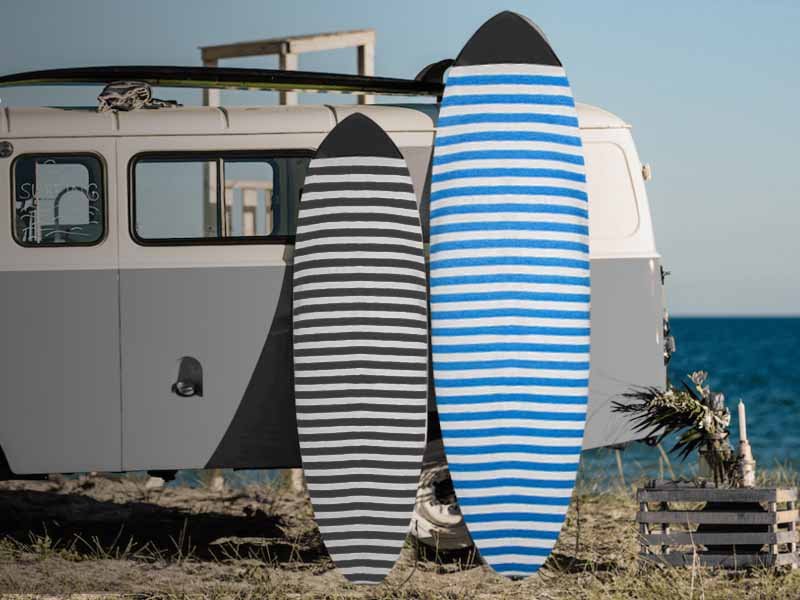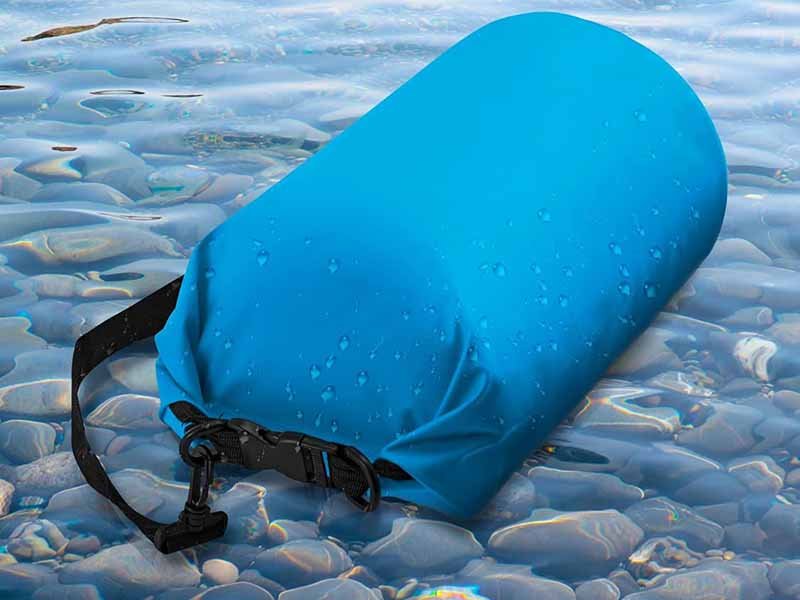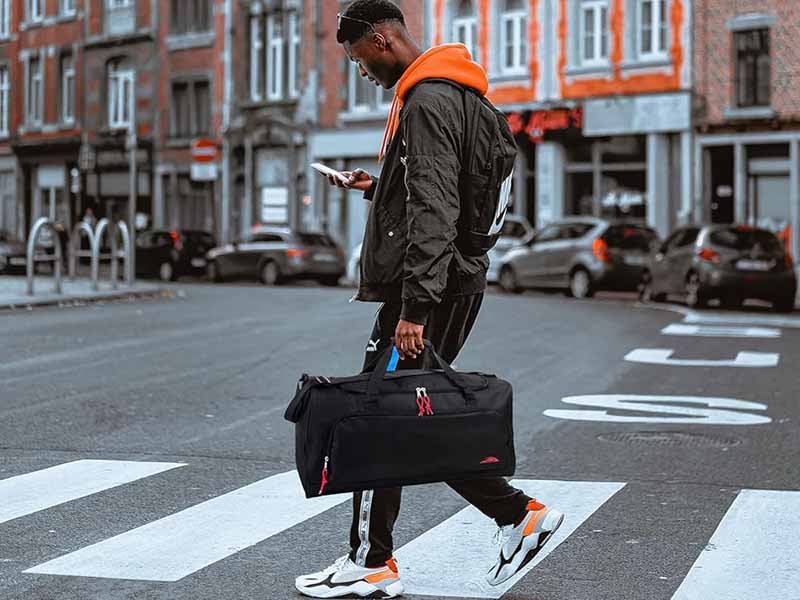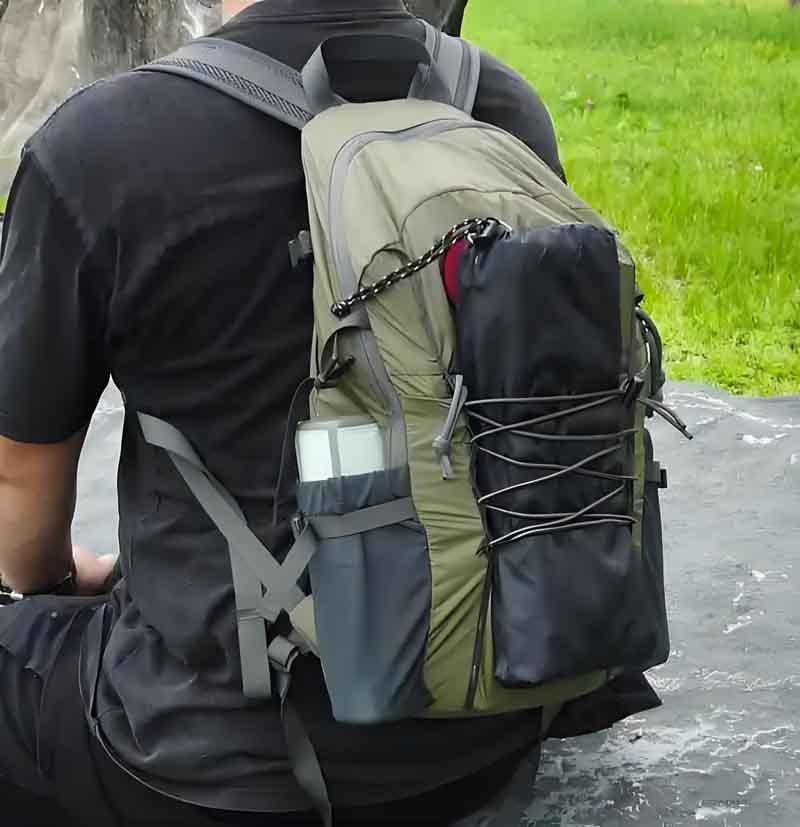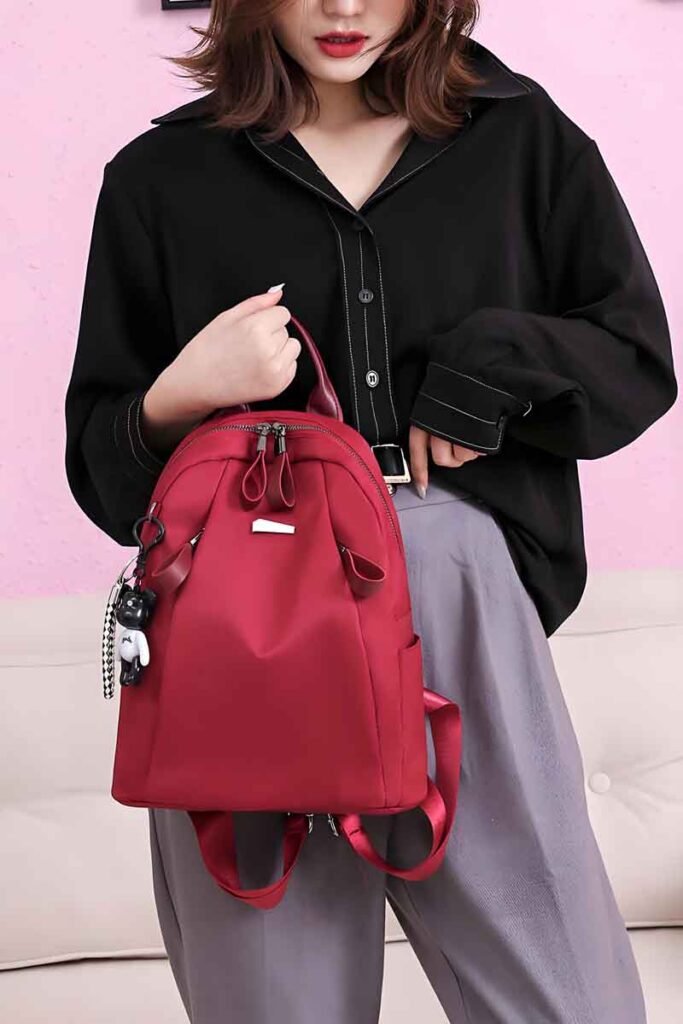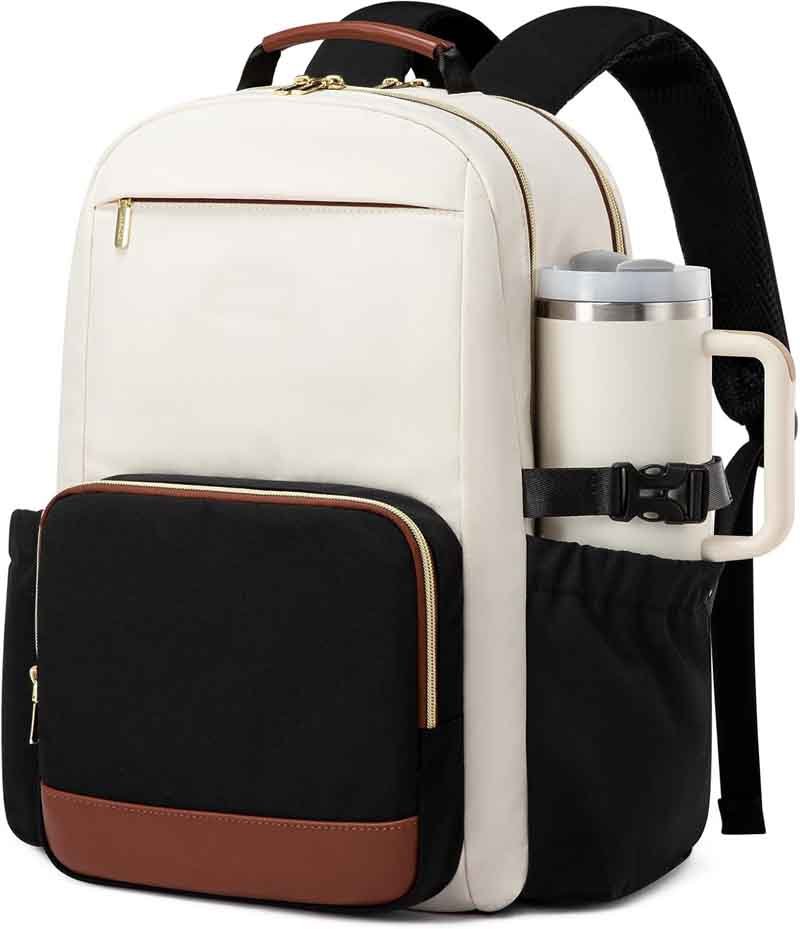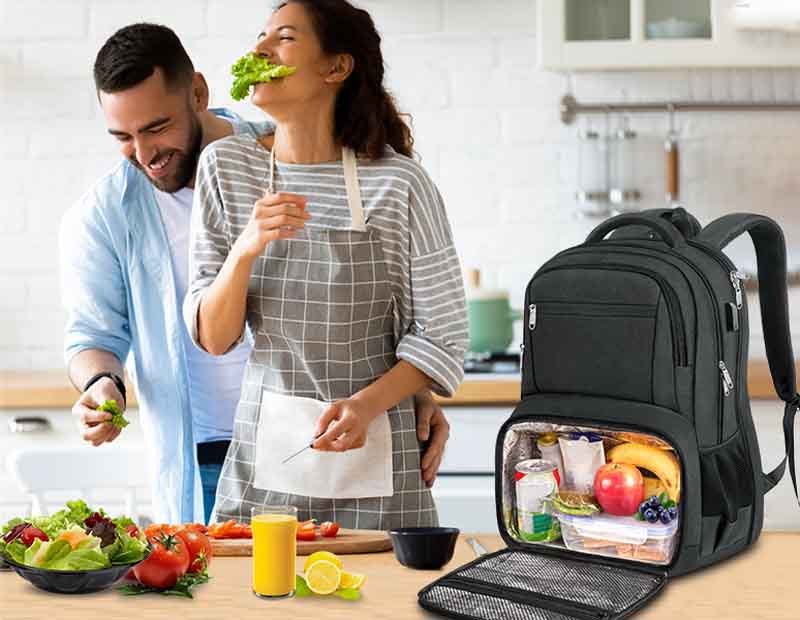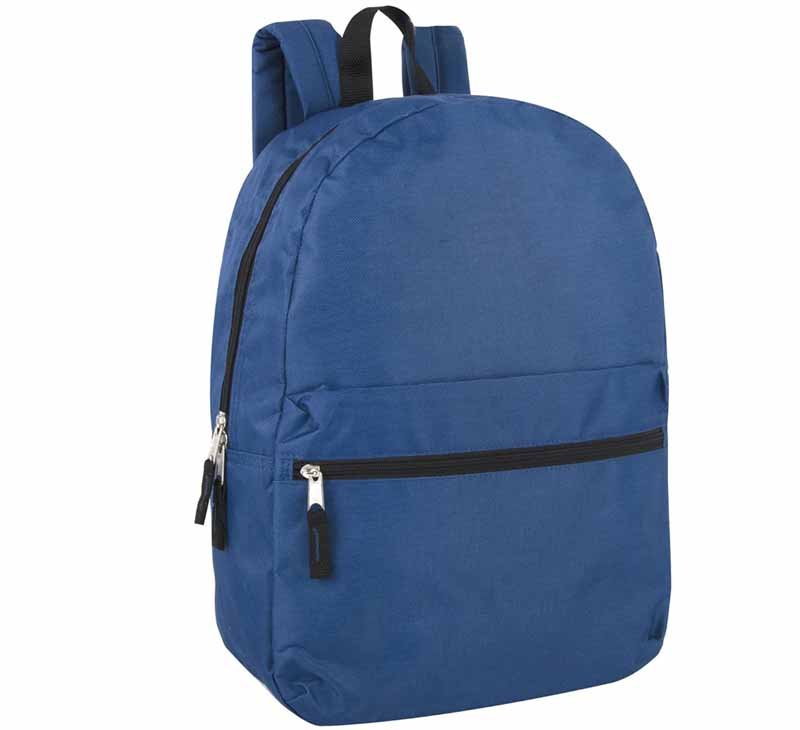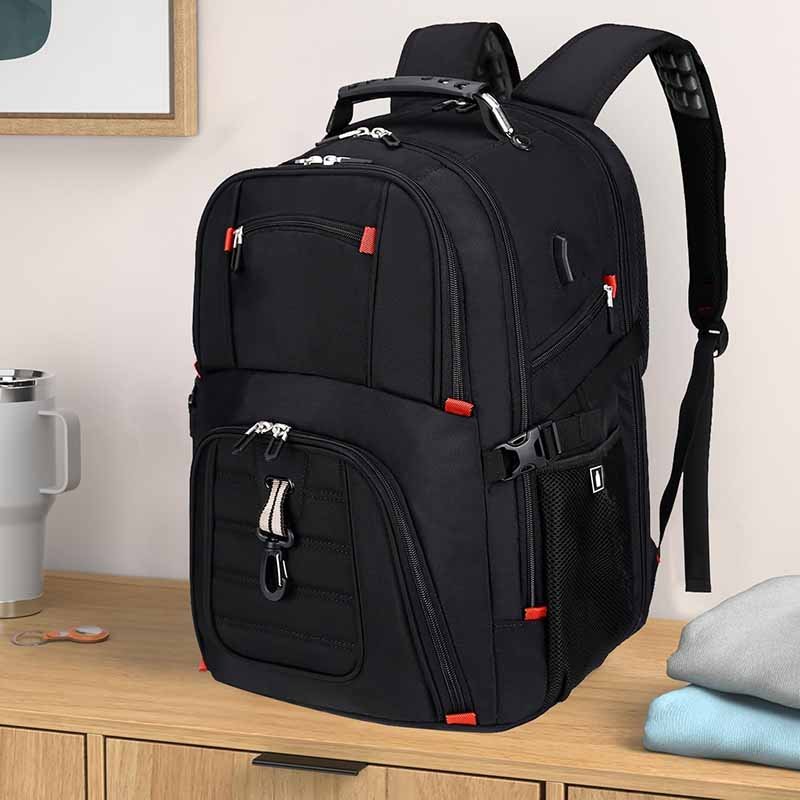
Walk into any store or browse online, and you’ll see backpacks priced anywhere from $10 budget models to $500 designer pieces. This wide range often leaves buyers puzzled: what exactly determines the cost of a backpack, and how much should you really expect to pay? Whether you’re a brand sourcing wholesale backpacks, a retailer planning inventory, or simply a consumer choosing your next everyday carry, price is a critical factor tied closely to quality, features, and longevity.
On average, backpacks cost between $30 and $150 depending on material, design, and brand. Premium models, like Japanese randoseru or luxury designer brands, can cost $300–$700 or more, while budget drawstring or school bags may start under $20.
The story of backpack pricing is more than just numbers—it reflects a blend of craftsmanship, global supply chains, and consumer expectations. For example, a handcrafted Japanese school randoseru can last six years of daily use, while a $15 polyester pack from a supermarket may struggle to survive one semester. The differences lie in fabric quality, labor cost, design, and branding strategies.
So, let’s break this down step by step. We’ll look at what factors influence backpack prices, how much different types cost, why certain countries (like Japan) command higher prices, and most importantly, how to choose the right backpack for your budget and needs.
What Factors Determine Backpack Prices?
Backpack prices are shaped by four main factors: materials, size and functionality, design and branding, and production scale. These elements combine to determine whether a backpack costs $15 at a supermarket or $300 from a premium outdoor brand.
Materials and Fabric Types
The choice of material is the most obvious price determinant:
- Polyester (Budget-Friendly) – Lightweight, cheap to produce, and commonly used for school backpacks. Costs are low, but durability is limited to 6–12 months under heavy use. Average retail: $10–$40.
- Nylon (Mid-Range Standard) – More abrasion-resistant and water-repellent than polyester. Favored by sports, travel, and tactical packs. Costs more than polyester but extends the lifespan to 3–5 years. Average retail: $30–$80.
- Canvas (Eco & Lifestyle Appeal) – Natural cotton-based material, often used in fashion-forward or eco-conscious designs. More expensive to source, heavier to carry, but highly durable. Average retail: $40–$150.
- Leather (Luxury Segment) – Associated with high-end designer brands. Full grain or top grain leather adds both prestige and longevity. Average retail: $150–$500+.
- Specialized Fabrics (Niche Applications) – Fireproof, waterproof, smell-proof, or eco-recycled textiles. These are costly due to specialized production processes but add functional value. Average retail: $80–$200+.
Material Impact on Pricing & Longevity
| Material | Cost Range | Durability (Years) | Common Use Cases |
|---|---|---|---|
| Polyester | $10–$40 | 0.5–1 | School, giveaways, budget packs |
| Nylon | $30–$80 | 3–5 | Travel, sports, tactical |
| Canvas | $40–$150 | 4–6 | Lifestyle, eco-friendly fashion |
| Leather | $150–$500+ | 5–10+ | Luxury, fashion, executive bags |
| Specialized | $80–$200+ | 5–8 | Outdoor, safety, niche industries |
Size and Functionality
Size directly correlates with cost due to increased material and complexity:
- Small Bags (makeup, drawstring): Simple, lightweight, minimal zippers. Lower costs.
- Medium Bags (daypacks, school packs): Added compartments, padded straps, and laptop sleeves increase price.
- Large Capacity (40L+ travel packs): Reinforced stitching, hip belts, hydration compatibility, and waterproof linings elevate production costs.
The more features—like anti-theft zippers, USB charging ports, or ergonomic back panels—the higher the price.
Design and Brand Value
Branding alone can double or triple a backpack’s retail price.
- Unbranded Factory Products: Purely functional, often sold at wholesale $10–$30.
- Sports & Outdoor Brands: Nike, The North Face, Osprey add 50–100% markup due to perceived quality.
- Luxury Designers: Prada or Louis Vuitton backpacks retail at $500–$2,000, largely due to brand prestige rather than functional superiority.
Brand also influences consumer psychology: buyers often equate higher prices with quality, even when material differences are minimal.
Production Scale and MOQ (Minimum Order Quantity)
The economics of scale play a huge role in cost:
- Small-Batch Production: Niche or custom designs produced in limited runs cost more per unit. A 100-piece order might price at $25/unit.
- Mass Production: Factories in China or Vietnam producing 5,000+ units can drop the price to $10–$12/unit.
- OEM/ODM Models: Factories like Szoneier specialize in low MOQ with free design, which gives small and mid-sized buyers flexibility without losing price competitiveness.
This explains why wholesale buyers can offer retail backpacks at $30 that cost them only $12 to produce.
How Much Do Different Types of Backpacks Cost?
Backpacks range from budget-friendly drawstring bags under $20 to high-end luxury models costing over $700. The type of backpack—defined by its material, purpose, and features—directly influences the final retail price. Let’s look at each major category in detail.
Everyday Tote and Drawstring Backpacks ($10–$30)
These are the simplest and most affordable backpacks. Typically made of cotton, polyester, or lightweight canvas, they’re designed for light use rather than heavy loads.
- Price Range: $10–$30 retail; wholesale often under $5.
- Key Features: One main compartment, simple drawstring closure, little or no padding.
- Use Cases: Gym sessions, shopping, promotional giveaways, casual outings.
- Lifespan: 6–12 months of occasional use.
Example: A branded Adidas drawstring bag may retail at $20, while custom-printed drawstring packs for events can cost brands as little as $2–$3 per unit when produced in bulk in China.
School and Everyday Backpacks ($20–$80)
This is the most common segment, balancing affordability and durability. These bags typically use polyester or nylon, with padded shoulder straps and multiple compartments.
- Price Range: $20–$80 retail; wholesale factory price around $10–$20.
- Key Features: Laptop sleeves, padded back, reinforced stitching, ergonomic design.
- Use Cases: Students, commuters, and professionals carrying daily essentials.
- Lifespan: 1–3 years under regular daily use.
Example: Jansport, Herschel, and Adidas all dominate this category, with models priced around $40–$65. These backpacks are functional and affordable but not built for extreme conditions.
Travel and Hiking Backpacks ($50–$200)
Designed for extended use and heavier loads, these backpacks use advanced nylon fabrics (e.g., Ripstop, Cordura) and come with ergonomic designs.
- Price Range: $50–$200 retail; wholesale $25–$60.
- Key Features: Chest/waist support, waterproof coatings, expandable compartments, hydration system compatibility.
- Use Cases: Hiking, camping, long-distance travel.
- Lifespan: 5–7 years of outdoor use.
Example: Osprey hiking packs retail around $120–$180, while Decathlon offers affordable entry-level hiking packs at $50. The higher prices often reflect advanced technology like ventilation systems or lightweight aluminum frames.
Specialized Backpacks ($80–$250)
These serve niche industries where safety or performance is critical. Examples include fireproof, smell-proof, cooler, dry bags, and tool backpacks.
- Price Range: $80–$250 retail; wholesale $30–$100.
- Key Features: Fire-retardant fabrics, odor-blocking technology, thermal insulation, waterproof seams, or reinforced compartments.
- Use Cases: Professional electricians, outdoor adventurers, cannabis storage, or food delivery.
- Lifespan: 4–8 years depending on usage.
Example: Smell-proof backpacks in the U.S. retail for around $100–$150, targeting cannabis users. Fireproof document backpacks retail around $120, and insulated cooler packs range from $90–$200 depending on brand.
Luxury and Designer Backpacks ($300–$700+)
These backpacks prioritize style, branding, and exclusivity over sheer utility. Materials include premium leather or luxury-grade canvas, combined with high-end metal hardware.
- Price Range: $300–$700 retail; high fashion brands often exceed $1,500.
- Key Features: Fine stitching, designer aesthetics, custom hardware, branding value.
- Use Cases: Fashion, executive travel, lifestyle statement pieces.
- Lifespan: 8–10+ years with proper leather care.
Example: Tumi leather business backpacks range from $500–$700. Louis Vuitton and Prada charge $1,500–$2,000+ for leather or monogrammed luxury backpacks.
Backpack Cost by Category
| Backpack Type | Retail Range | Wholesale Range | Average Lifespan | Example Brands |
|---|---|---|---|---|
| Drawstring/Tote | $10–$30 | $2–$5 | 0.5–1 year | Adidas, Custom Print |
| School/Everyday | $20–$80 | $10–$20 | 1–3 years | Jansport, Herschel |
| Travel/Hiking | $50–$200 | $25–$60 | 5–7 years | Osprey, Decathlon |
| Specialized | $80–$250 | $30–$100 | 4–8 years | Smell-Proof, ToolPro |
| Luxury/Designer | $300–$700+ | $150–$300 | 8–10+ years | Tumi, Louis Vuitton |
How Much Does the Average Backpack Cost?
Most consumers spend in this range. School and work backpacks sit between $30–$60, while durable multipurpose or branded packs typically cost $80–$150.
Do Custom and Private Label Backpacks Cost More?
Yes, custom and private label backpacks usually cost more upfront due to design, prototyping, and branding, but per-unit costs drop significantly with larger orders. For small batches, customization adds 10–30% to the price, while bulk OEM/ODM manufacturing keeps costs competitive.
Branding and Custom Printing Costs
Adding logos, embroidery, heat transfers, or woven labels raises costs slightly, but the impact depends on the method:
- Screen Printing: $0.50–$1.50 per unit (best for simple designs, large orders).
- Heat Transfer or Digital Printing: $1–$3 per unit (great for colorful logos).
- Embroidery: $2–$5 per unit (durable, but more expensive).
- Silicone or Rubber Badges: $1–$2.50 per unit.
Example: A $20 wholesale backpack may rise to $23 if embroidery is added, but branding often increases retail value by 30–50%.
Sampling, Design, and Prototyping Fees
- Sample Development: Factories typically charge $50–$200 per prototype to cover labor and materials.
- Design Services: Some suppliers offer free design consultation; others charge $100–$300 depending on complexity.
- Lead Time: Sampling adds 1–3 weeks before bulk production.
Advantage: Szoneier offers free design and fast sampling, reducing upfront costs for small and mid-sized buyers.
Economies of Scale in Bulk Orders
MOQ (minimum order quantity) determines the final cost per unit:
- Low Volume (100–300 units): $20–$25 per backpack.
- Medium Volume (500–1,000 units): $15–$18 per backpack.
- High Volume (5,000+ units): $8–$12 per backpack.
Cost Impact of MOQ on Custom Backpack Orders
| Order Size (Units) | Price Per Unit | Example Use Case |
|---|---|---|
| 100–300 | $20–$25 | Niche brands, product launches |
| 500–1,000 | $15–$18 | Growing online stores |
| 5,000+ | $8–$12 | Established retailers/wholesalers |
Hidden Costs Buyers Should Expect
- Packaging & Labels: Custom packaging can add $0.50–$2 per unit.
- Shipping & Tariffs: International freight may add 10–20% of total cost.
- Certifications & Testing: Safety standards (fireproofing, eco-friendly certifications) may add $100–$500 per batch.
Long-Term Value of Private Labeling
While custom backpacks may cost slightly more initially, the long-term ROI is higher:
- Branded products create customer loyalty.
- Higher margins: A $12 factory-made branded backpack can retail at $40–$60.
- Control over quality, design, and positioning strengthens brand identity.
Which Countries Offer Competitive Backpack Manufacturing?
Backpack manufacturing is highly globalized, with China, Vietnam, and other Asian countries dominating mass production, while the USA, Europe, and Japan cater to premium or niche markets. The right sourcing location depends on your target price point, order size, and brand positioning.
China: The Global Manufacturing Powerhouse
Pricing: Wholesale costs start as low as $5–$12 per unit for standard polyester school backpacks, rising to $20–$40 for high-quality travel or specialized bags.
Strengths:
- Largest production capacity in the world.
- Flexible MOQ (as low as 100–200 units).
- Advanced OEM/ODM services with free design support.
- Fast turnaround times and integrated supply chains (factories often own raw material plants).
Best For: Startups, mid-sized brands, and wholesalers looking for cost efficiency + customization.
Challenge: Price competition is intense; buyers must vet suppliers for quality and compliance.
Example: A brand ordering 500 custom nylon backpacks with logo printing can secure pricing around $15/unit from Chinese factories like Szoneier, while retailing them for $50–$80.
Vietnam: The Rising Outdoor & Sports Specialist
Pricing: Mid-range, typically $15–$30/unit wholesale for sports and outdoor backpacks.
Strengths:
- Skilled in producing technical outdoor packs with good sewing precision.
- Labor costs remain lower than Western countries, but slightly higher than China.
- Growing reputation for eco-conscious manufacturing.
Best For: Brands targeting mid-range outdoor gear or those emphasizing sustainability.
Challenge: MOQs are usually higher (500+ units), and lead times can be longer than in China.
USA & Europe: Premium and Small-Batch Markets
Pricing: High, ranging from $80–$200/unit wholesale, with retail prices easily surpassing $200–$500.
Strengths:
- High craftsmanship reputation, often handmade.
- Appeals to buyers who want “Made in USA” or “Made in Italy/Germany” labeling.
- Strong brand perception in luxury markets.
Best For: Premium brands, small-batch designers, or customers valuing local sourcing.
Challenge: Very high costs, making them unsuitable for mass-market products.
Japan: Craftsmanship and Longevity
Pricing: Extremely high compared to global averages. Japanese randoseru school backpacks retail for $300–$700+.
Strengths:
- Known for handcrafted precision and cultural emphasis on durability.
- Randoseru are built to last 6+ years of daily use, reflecting Japanese standards of reliability.
- Adds strong cultural storytelling value for luxury or heritage markets.
Best For: Buyers aiming at heritage or luxury positioning, or those selling in premium Asian markets.
Challenge: Prices are prohibitive for most wholesale or private-label buyers; limited scalability.
Other Asian Players (Bangladesh, India, Indonesia)
Pricing: Very competitive, often $6–$15/unit wholesale.
Strengths:
- Lower labor costs than China or Vietnam.
- Suitable for basic school or promotional backpacks.
Best For: Budget-conscious buyers or promotional product companies.
Challenge: Limited experience with complex technical designs, longer shipping times, and weaker supply-chain integration.
Regional Backpack Manufacturing Comparison
| Country/Region | Avg. Wholesale Price | MOQ Range | Strengths | Best For |
|---|---|---|---|---|
| China | $5–$40 | 100–500 units | Low cost, customization, fast lead | Startups, mid-size brands, OEM/ODM |
| Vietnam | $15–$30 | 500+ units | Outdoor gear, eco-conscious focus | Mid-range sports/outdoor brands |
| USA/Europe | $80–$200 | 50–200 units | Luxury, small batch, “Made in” value | High-end fashion/luxury brands |
| Japan | $300–$700+ (retail) | Small batches | Craftsmanship, cultural prestige | Premium/luxury positioning |
| Bangladesh/India | $6–$15 | 500+ units | Low labor cost, promotional items | Budget/back-to-school suppliers |
How to Choose the Right Backpack for Your Budget
To choose the right backpack for your budget, set clear expectations based on your intended use, compare wholesale vs retail prices, and evaluate long-term value instead of just upfront cost. Daily-use school packs can be affordable at $30–$60, while durable travel or branded backpacks typically cost $80–$150. Luxury or designer backpacks start at $300+.
1. Setting Price Expectations by Use Case
Backpacks should always be matched to purpose:
- School or Everyday Use ($30–$80): A reliable polyester or nylon backpack with padded straps and compartments for laptops or books. Great for students or commuters who want affordability and function.
- Outdoor & Travel ($80–$150): Technical nylon or canvas packs with ergonomic support, waterproofing, and larger capacity. Ideal for travelers, hikers, or people carrying heavy loads.
- Professional/Business ($100–$200): Sleek leather or canvas backpacks with minimalist designs, laptop sleeves, and reinforced durability. Suited for office workers or entrepreneurs.
- Luxury & Fashion ($300–$700+): Designer leather brands focused on aesthetics and prestige. Suited for customers who value status or heritage craftsmanship over function.
Tip: Don’t overspend on features you won’t use. A student doesn’t need a $200 hiking pack, just as a frequent traveler shouldn’t rely on a $20 polyester school bag.
2. Comparing Wholesale vs Retail Costs
Understanding supply chain pricing helps you recognize true value:
- Retail Pricing: Typically 2–3 times the wholesale cost. A backpack that costs $20 to manufacture may retail for $60–$80.
- Wholesale/Factory Pricing: Ordering in bulk from manufacturers (like Szoneier) reduces cost drastically. Even with customization, wholesale prices can be 40–60% lower than retail.
- Custom Private Label: Adds slight costs for logo printing or special fabrics, but offers higher resale margins and brand loyalty.
Retail vs Wholesale Example
| Type | Factory Price | Retail Price |
|---|---|---|
| Nylon school bag | $12–$18 | $40–$60 |
| Travel backpack | $25–$50 | $90–$150 |
| Leather backpack | $80–$150 | $300–$500 |
3. Balancing Budget and Longevity
Price is important, but lifespan matters more:
- Budget Bags ($10–$30): Cheap but short-lived; often need replacing every 6–12 months.
- Mid-Range ($60–$150): Offer best long-term value, lasting 3–5 years with good features.
- Premium/Luxury ($300+): High upfront cost but can last 8–10+ years with proper care, making them cost-effective over time.
Example: A $120 Osprey hiking pack lasting 7 years costs ~$17/year of use, while three $40 budget backpacks over the same period cost more and offer worse comfort.
4. Tips for Working with Manufacturers and Factories
For businesses and bulk buyers, choosing the right factory partner is as important as the backpack itself:
- Negotiate MOQ: Many factories have high minimums, but suppliers like Szoneier specialize in low MOQ production (100–200 units).
- Ask for Samples: Test product quality before committing. Szoneier provides free samples and rapid prototyping, reducing buyer risk.
- Check Certifications: Ensure compliance with safety, eco, or fireproof standards if your target market demands it.
- Consider Lead Times: Average production takes 30–45 days; plan around your seasonal demand.
Conclusion
Backpack prices vary widely — from $10 drawstring bags to $700+ luxury leather pieces — but behind every price tag lies a mix of materials, functionality, branding, and manufacturing location. For most buyers, the sweet spot falls between $30–$150, offering durability, style, and value for money. Specialized or luxury models can cost more, but often justify their price through longevity, craftsmanship, or brand prestige.
For businesses, the lesson is clear: sourcing directly from experienced manufacturers maximizes value. By working with a reliable partner, you avoid retail markups, gain flexibility in design, and access consistent quality control.
If you’re ready to launch your own backpack line or optimize sourcing for your brand, reach out to Szoneier today. We’ll help you build a product that matches your market’s needs and budget perfectly.
manufacturer Categories
- Custom Tote Bags Manufacturer
- custom backpacks Manufacturer
- custom travel bags& Duffle bags manufacturer
- custom makeup bags & toiletry bags manufacturer
- custom cooler bags manufacturer
- custom drawstring bags manufacturer
- custom makeup bags & toiletry bags manufacturer
- custom golf bags manufacturer
- custom fireproof bags manufacturer
- custom dry bags manufacturer
- custom ski bags manufacturer
- custom gym & sports bags manufacturer
- custom laptop bags manufacturer
- custom tactical bags manufacturer
- custom beach bags manufacturer
- custom medical bags manufacturer
- custom camera bags manufacturer
- custom wetsuits manufacturer
- custom leather goods manufacturer
- more personalized products
Can't find the answers?
No worries, please contact us and we will answer all the questions you have during the whole process of bag customization.
Make A Sample First?
If you have your own artwork, logo design files, or just an idea,please provide details about your project requirements, including preferred fabric, color, and customization options,we’re excited to assist you in bringing your bespoke bag designs to life through our sample production process.

